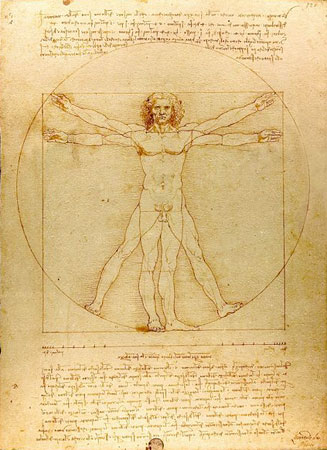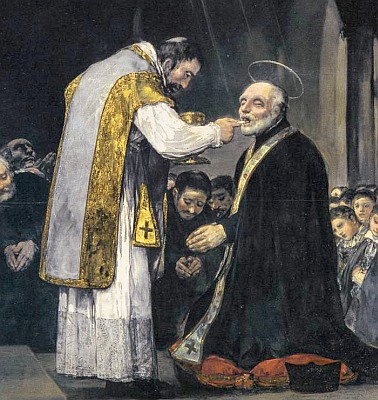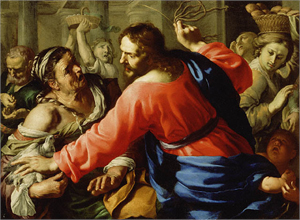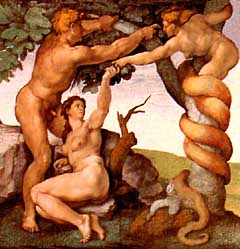Hat tip American Papist. The comments on the American papist post had this interpretation of the song.I used to rule the world
Seas would rise when I gave the word
Now in the morning I sleep alone
Sweep the streets I used to own
I used to roll the dice
Feel the fear in my enemy's eyes
Listen as the crowd would sing:
"Now the old king is dead! Long live the king!"
One minute I held the key
Next the walls were closed on me
And I discovered that my castles stand
Upon pillars of salt and pillars of sand
Chorus: I hear Jerusalem bells a ringing
Roman Cavalry choirs are singing
Be my mirror my sword and shield
My missionaries in a foreign field
For some reason I can't explain
Once you go there was never, never an honest word
That was when I ruled the world
It was the wicked and wild wind
Blew down the doors to let me in.
Shattered windows and the sound of drums
People couldn't believe what I'd become
Revolutionaries wait
For my head on a silver plate
Just a puppet on a lonely string
Oh who would ever want to be king?
Chorus: I hear Jerusalem bells a ringing
Roman Cavalry choirs are singing
Be my mirror my sword and shield
My missionaries in a foreign field
For some reason I can't explain
I know Saint Peter won't call my name
Never an honest word
But that was when I ruled the world(Repeat
Chorus)
Ya, there seems to be a lot of suggestions for the songs meaning. Most people think its about the French Revolution - and some will go as far as to suggest the last week of Jesus.
While you could force the song to fit any of these themes, I believe ITS INTENT was to be written from the perspective of Tony Blaire. That would be most fitting with regards to Chris' vocal objection to Blair and the War in Iraq.
For instance:
Puppet on a string - with reference to how Blair would respond to Bush
my head on a plate, and other lines about the fall of a king - with reference to how people wanted him out of office.
lines about not telling the truth - Blaire was well known for being able to spin media
reference to Crusades - allegory to spreading freedom in the middle east
St. Peter still not calling his name - maybe something is still on his conscious even after his conversion.
Anonymous | 05.29.08 - 10:59 pm | #



















